
The 10 Books about Mongolia on Amazon.com
Rugged Mongolia is an adventure destination where travelers can see the traditions of the past still practiced today by hardy nomads dwelling on the country's vast steppes and deserts. Because of this, it is important to be well informed about Mongolia prior to visiting. Whether you are visiting Mongolia to explore its rich history, do business, or just see the tourist sights, reading some books about Mongolia by people who have first-hand experience is a wise decision.
As a traveler you should pick up one or more of the excellent books suggested by Amazon which covers the in-depth knowledge on everything from history to science, journey of experience to modern literature concisely and practically. Below are 10 books that will really broaden your horizons about Mongolia.
1. Genghis Khan and the Making of the Modern World by Jack Weatherford

Genghis Khan and the Making of the Modern World is a history book written by Jack Weatherford, Dewitt Wallace Professor of Anthropology at Macalester College.
In this book, Jack Weatherford resurrects the true history of Genghis Khan, from the story of his relentless rise through Mongol tribal culture to the waging of his devastatingly successful wars and the explosion of civilization that the Mongol Empire unleashed. This dazzling work of revisionist history doesn’t just paint an unprecedented portrait of a great leader and his legacy, but challenges us to reconsider how the modern world was made.
----- Click here to find out more -----
2. Moving with the Seasons: Portrait of a Mongolian Family by Liza F. Carter
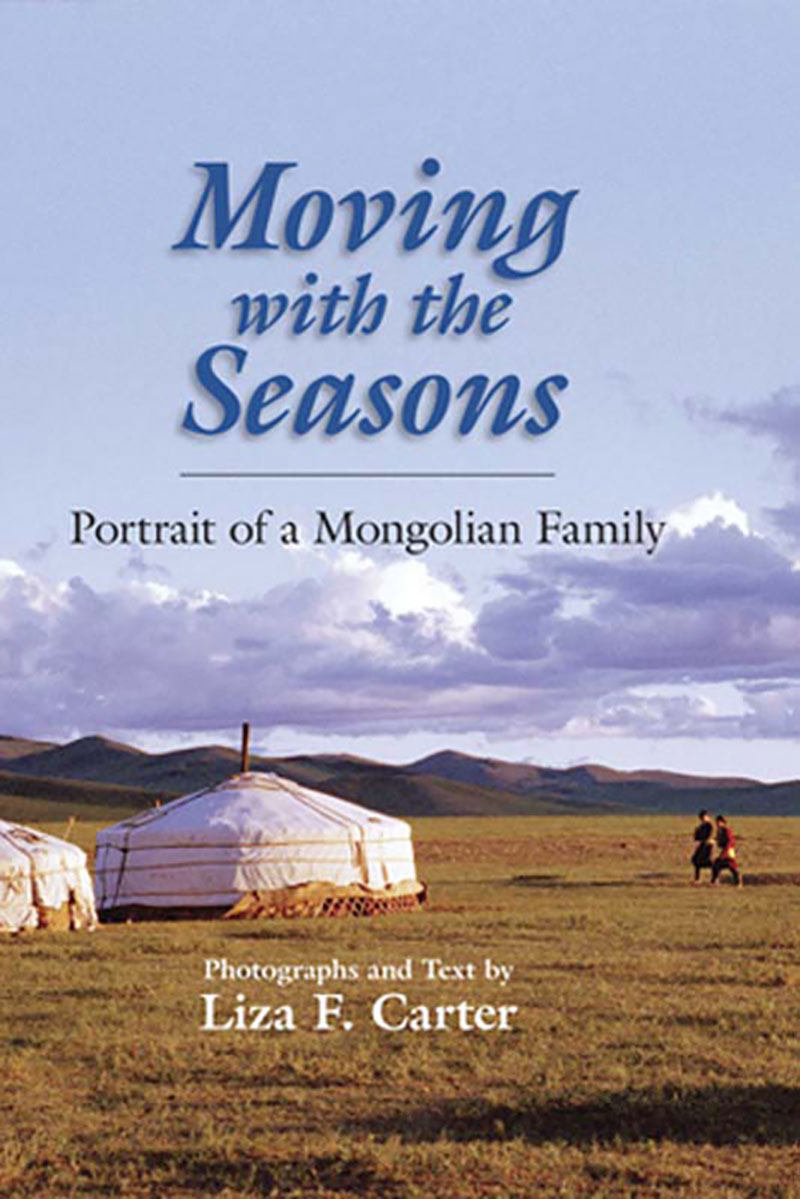
It is a visual and written portrait of life in a nomadic Mongolian family. Filled with photographs and personal perspectives on daily life, this book is an outgrowth of my relationship with the family who became my collaborators in writing this book. The family's willingness to share with the rest of the world the annual cycle of nomadic life on the Mongolian steppe makes for an unusually intimate portrait of a modern nomadic people.
Much of the information found in her text and photographs comes directly from time spent with this family, and is not available in print elsewhere. Her goal was to capture the life and spirit of the Mongolian nomads and to present their lives with honor and integrity. Everything from the household logistics of living in a tent, to the excitement of horse racing, to the family's thoughts on religion, politics and death are described in the book.
----- Click here to find out more -----
3. On the Trail of Genghis Khan: An Epic Journey Through the Land of the Nomads by Tim Cope

Grand Prize Winner, Banff Mountain Festival Book Competition
The relationship between man and horse on the Eurasian steppe gave rise to a succession of rich nomadic cultures. Among them were the Mongols of the thirteenth century – a small tribe, which, under the charismatic leadership of Genghis Khan, created the largest contiguous land empire in history. Inspired by the extraordinary life nomads lead, Tim Cope embarked on a journey that hadn't been successfully completed since those times: to travel on horseback across the entire length of the Eurasian steppe, from Karakorum, the ancient capital of Mongolia, through Kazakhstan, Russia, Crimea and the Ukraine to the Danube River in Hungary.
A journey of adventure, endurance and eventual triumph, On the Trail of Genghis Khan is at once a celebration of and an elegy for an ancient way of life.
----- Click here to find out more -----
4. The Blue Sky by Galsan Tschinag
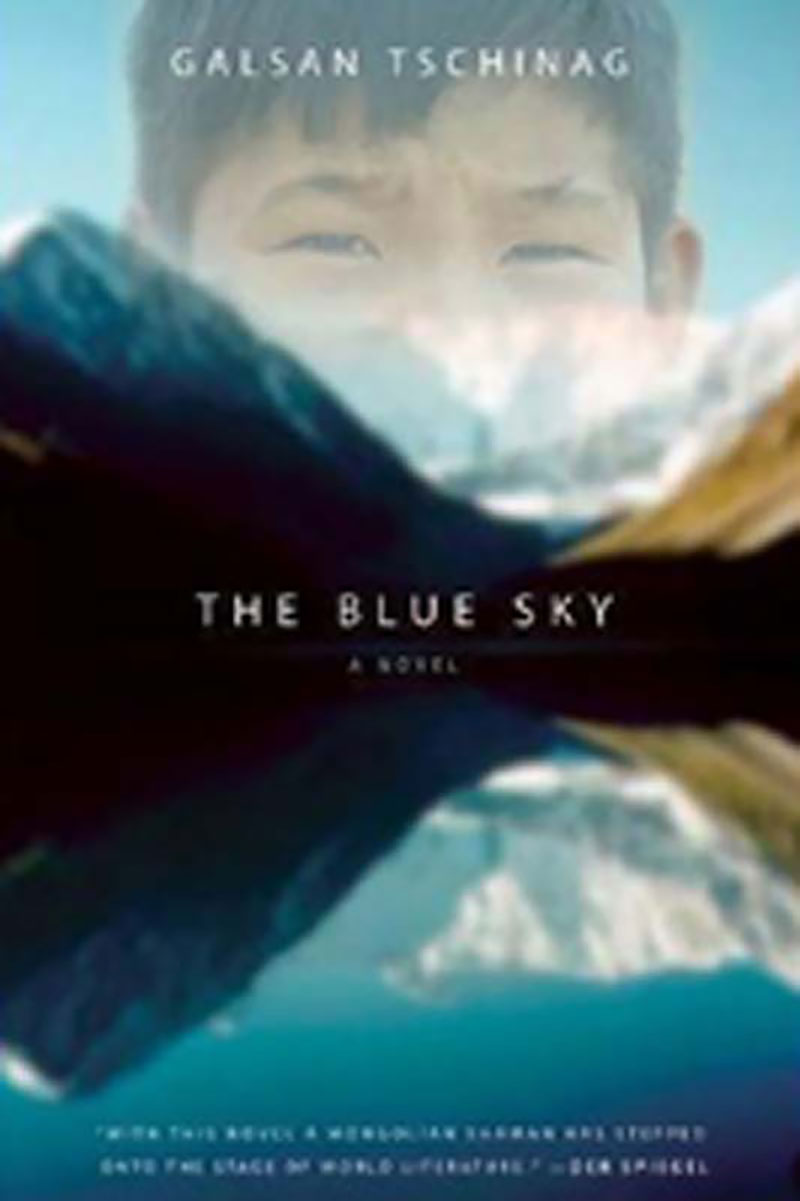
In the Altai Mountains of northern Mongolia, the nomadic Tuvan people's ancient way of life is colliding with the pervasive influence of modernity. For the young shepherd boy Dshurukuwaa, the confrontation comes in stages. First, his older siblings leave the family yurt to attend a distant boarding school, followed by the death of his beloved grandmother and with it, the connection to the tribe's traditions and deep relationship to the land. But the greatest tragedy strikes when his dog - "all that was left to me" - dies after ingesting poison set out by the boy's father to protect the herd from wolves. His despairing questions to the Heavenly Blue Sky are answered only by the silence of the wind.The first and only member of the Tuvans to use written language to tell stories, Galsan Tschinag chronicles their traditions in this fascinating, bittersweet novel.
----- Click here to find out more -----
5. History of Mongolia by Baabar
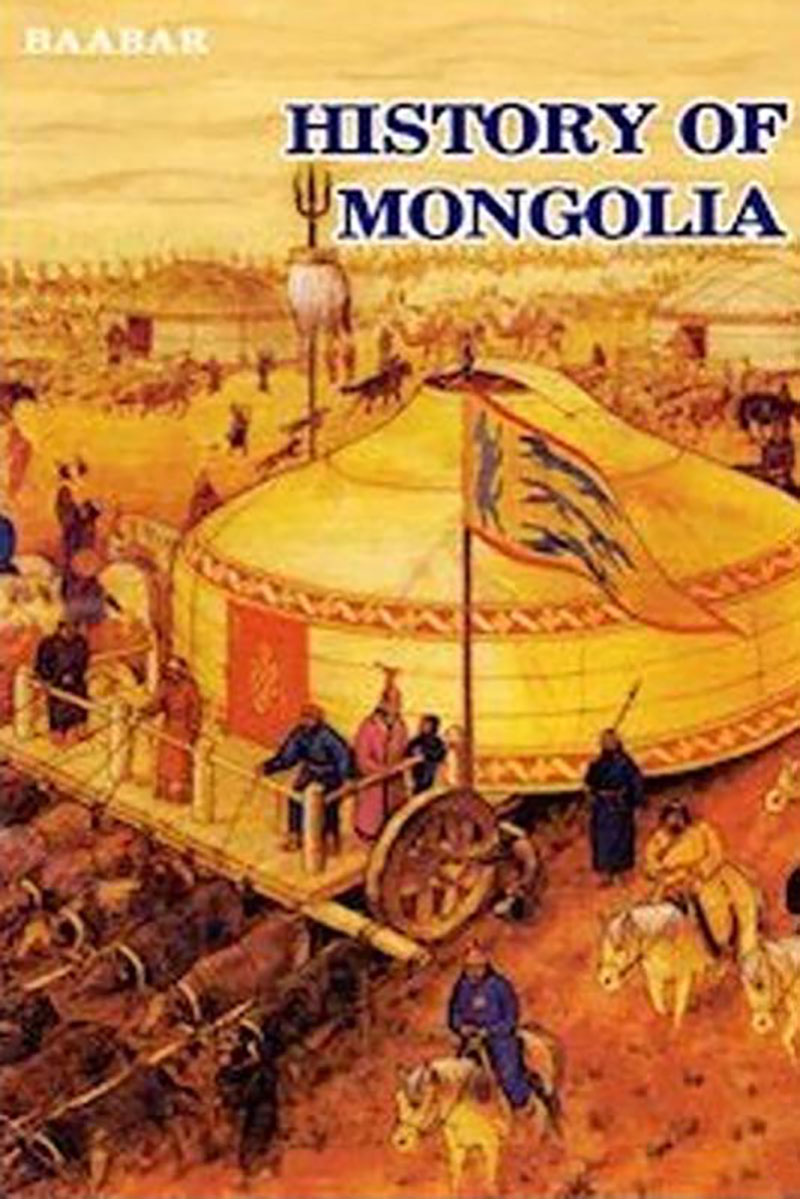
Baabar, a well known writer of Mongolia, is an author of around 40 books. He is a biochemist and educated in cracow University, Moscow University and Imperial College of London. In this booklet he gives background information about: Primeval Period - Stone Age - Ancient Nomads Period of the Great Mongolian Empire Mongols converted into Tibetan Buddhism Mongolia during the Manchu Ching Dynasty Struggle for Independence Communist Period Civilized and Democratic Mongolia.
----- Click here to find out more -----
6. Secret History of the Mongol Queens: How the daughters of Genghis Khan Rescued his Empire by Jack Weatherford
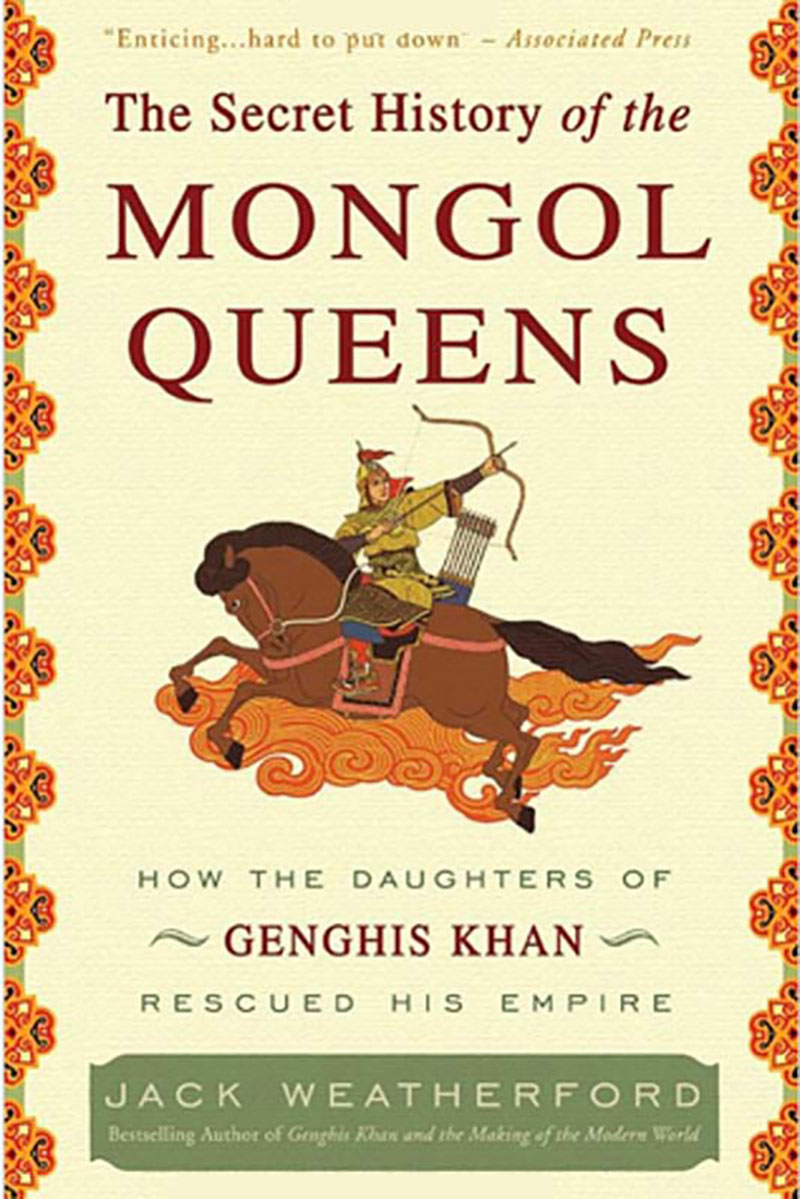
The Mongol queens of the thirteenth century ruled the largest empire the world has ever known. Yet sometime near the end of the century, censors cut their story from The Secret History of the Mongols, leaving only a hint of a father’s legacy for his daughters.
The queens of the Silk Route turned their father’s conquests into the world’s first truly international empire, fostering trade, education, and religion throughout their territories and creating an economic system that stretched from the Pacific to the Mediterranean. Outlandish stories of these powerful queens trickled out of the Empire, shocking the citizens of Europe and and the Islamic world.
After Genghis Khan’s death in 1227, conflicts erupted between his daughters and his daughters-in-law; what began as a war between powerful women soon became a war against women in power as brother turned against sister and son against mother. At the end of this epic struggle, the dynasty of the Mongol queens had seemingly been extinguished forever, as even their names were erased from the historical record.
----- Click here to find out more -----
7. The Wolf Totem: A Novel by Jiang Rong (Author), Howard Goldblatt (Translator)
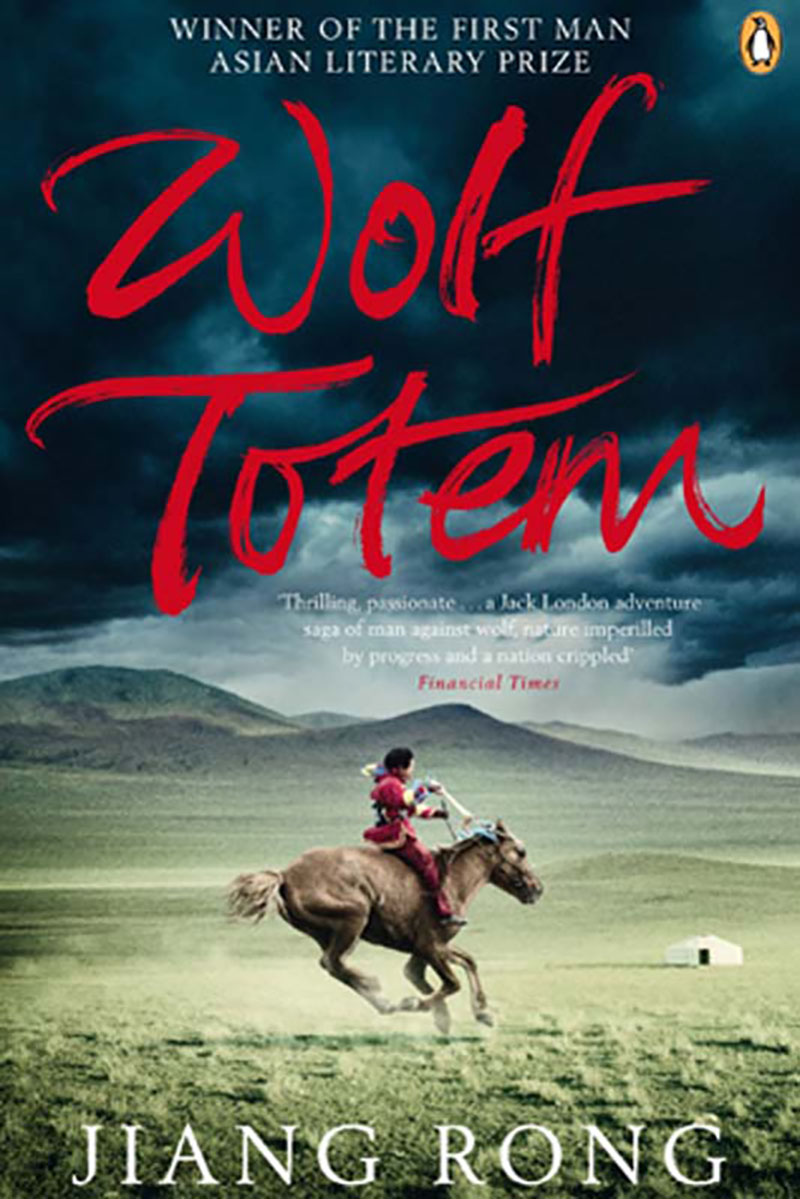
Beijing intellectual Chen Zhen volunteers to live in a remote settlement on the border of Inner and Outer Mongolia, where he discovers life of apparent idyllic simplicity amongst the nomads and the wild wolves who roam the plains. But when members of the People's Republic swarm in from the cities to bring modernity and productivity to the grasslands, the peace of Chen's solitary existence is shattered, and the delicate balance between humans and wolves is disrupted. Only time will tell whether the grasslands' environment and culture will ever recover...
Wolf Totem has been a sensation ever since it shot to the top of the Chinese bestseller charts in 2004. A beautiful and moving portrayal of a land and culture that no longer exists, it is also a powerful portrait of modern China and a fascinating insight into the country's own view of itself, its history and its people.
You can watch the film of Wolf Totem which was selected as the Best Foreign Language Film at the 88th Academy Awards. Mongolian actress Ragchaagyin Ankhnyam, played the role as Gansma.
----- Click here to find out more -----
8. The Interrelationship of Humans and the Mongol Landscape in G. Mend-Ooyo's Altan Ovoo: A Study of the Nomadic Culture of Mongolia by Simon Wickham-Smith
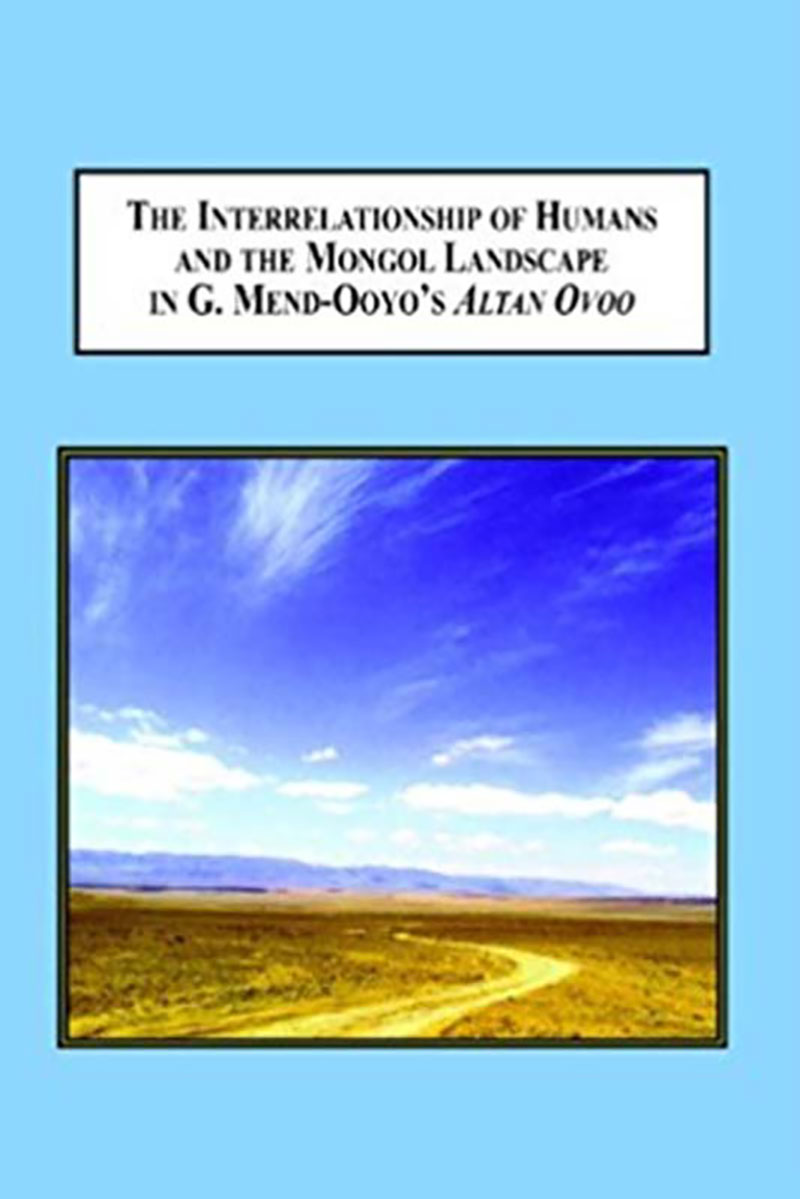
The book discusses nomadic culture in Mongolia through its literary, religious, and socio-historical contexts by studying the contemporary poetry of Mend-Ooyo. It takes a careful look at the poetry in the Mongolian post-Soviet period. Certain sections present a systematic analysis of Altan Ovoo according to the following criteria: religion and spirituality, history, prose, narrative, poetry, the natural world, and autobiography. The growing geopolitical importance of Russia and China means that, as the country enveloped by those two superpowers, Mongolia will come to play an important negotiating role. If this is so, then it will also become necessary for the western world to understand the culture and the people of Mongolia, and for such an understanding, a literary perspective is invaluable.
----- Click here to find out more -----
9. Hearing Birds Fly: A Nomadic Year in Mongolia by Louisa Waugh

This is Louisa Waugh's passionately written account of her time in a remote Mongolian village. Frustrated by the increasingly bland character of the capital city of Ulan Bator, she yearned for the real Mongolia and got the chance when she was summoned by the village head to go to Tsengel far away in the west, near the Kazakh border. Her story completely transports the reader to feel the glacial cold and to see the wonders of the Seven Kings as they steadily emerge from the horizon.
Through her we sense their trials as well as their joys, rivalries and even hostilities, many of which the author shared or knew about. Her time in the village was marked by coming to terms with the harshness of climate and also by how she faced up to new feelings towards the treatment of animals, death, solitude and real loneliness, and the constant struggle to censor her reactions as an outsider. Above all, Louisa Waugh involves us with the locals' lives in such a way that we come to know them and care for their fates.
----- Click here to find out more -----
10. Sky Shamans of Mongolia: Meetings with Remarkable Healers by Kevin Turner
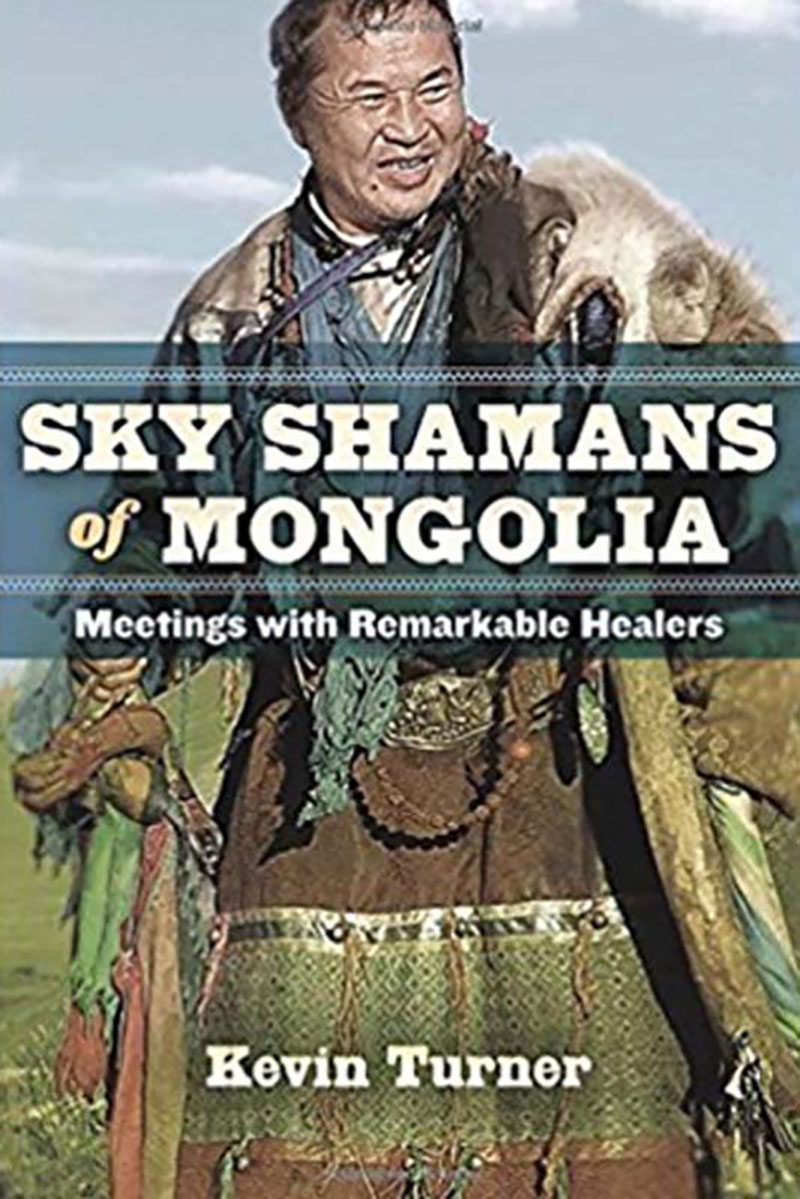
Part travelogue, part experiential spiritual memoir, Kevin Turner takes us to visit with authentic shamans in the steppes and urban centers of modern-day Mongolia. Along the way, the author, a practicing shaman himself, tells of spontaneous medical diagnoses, all-night shamanic ceremonies, and miraculous healings, all welling from a rich culture in which divination, soul-retrieval, and spirit depossession are a part of everyday life.
Shamanism, described in the 1950s by Mircea Eliade as "archaic techniques of ecstasy," is alive and well in Mongolia as a means of accessing "nonordinary realities" and the spirit world. After centuries of suppression by Buddhist and then Communist political powers, it is exploding in popularity in Mongolia. Turner gives compelling accounts of healings and rituals he witnesses among Darkhad, Buryat, and Khalkh shamans, and goes on to provide us with his insights into a universal shamanism, principles that lie at the heart of shamanic traditions worldwide. This astounding, inspiring book will appeal to shamans and shamanic therapists, students of Mongolian culture and comparative religion, and fans of off-grid travel memoirs.
----- Click here to find out more -----









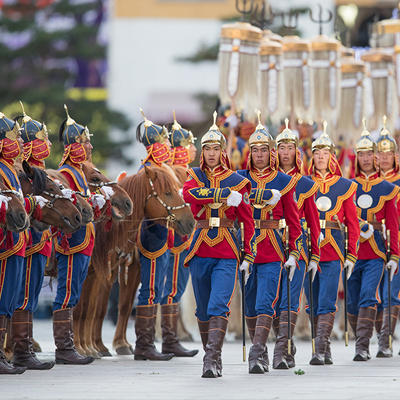
.jpg)









_BLOG.jpg)
























